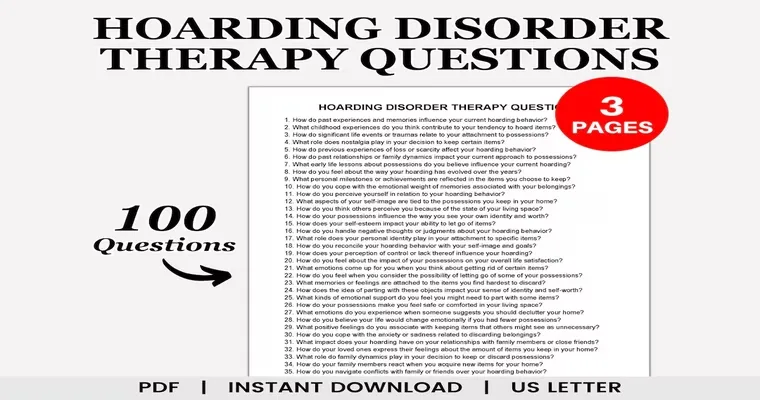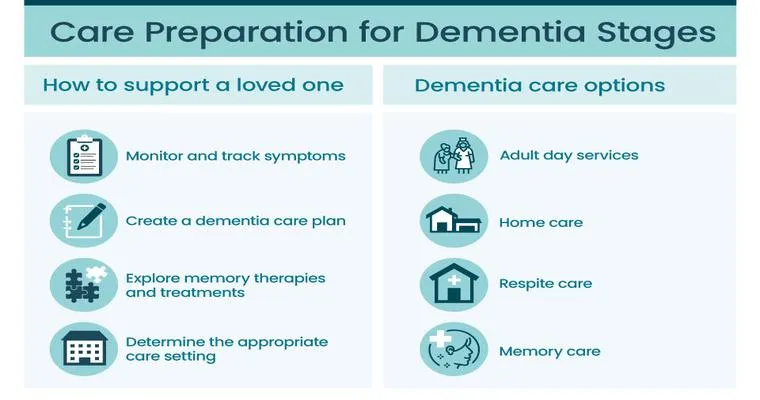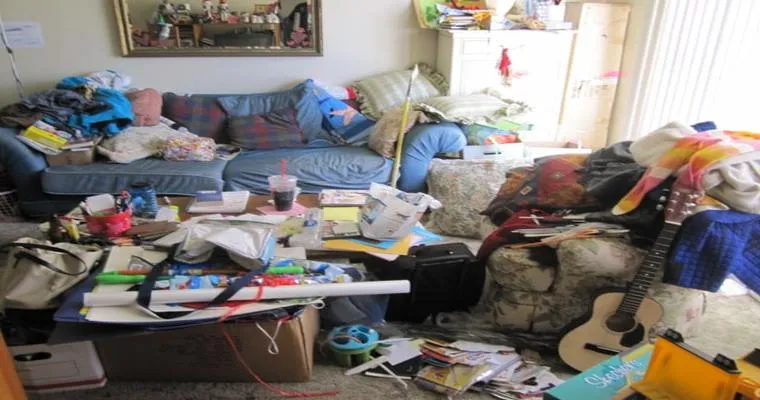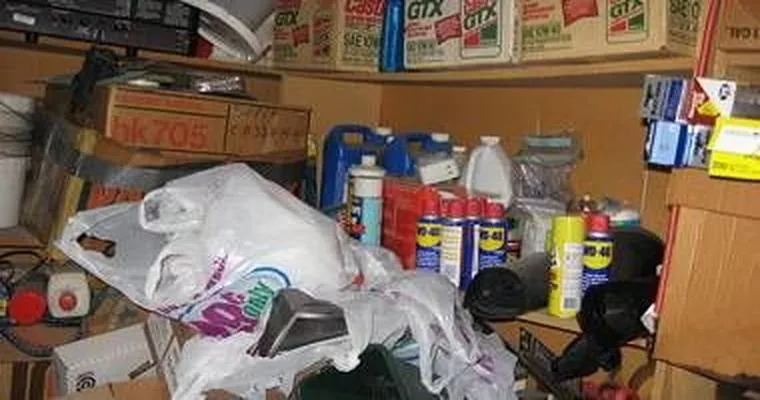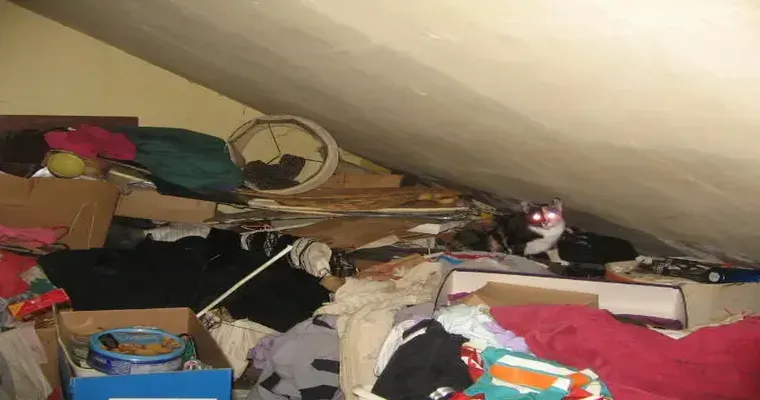Hoarding is a complex behavioral issue that affects many individuals and their families. Understanding how to "help someone with hoarding" tendencies can be challenging, but it is crucial for fostering a supportive environment. The best approach involves a combination of empathy, professional guidance, and practical strategies to effectively address the situation.
Understanding Hoarding
Before you can effectively "help someone who hoards", it is essential to understand what hoarding is. Hoarding disorder is characterized by the persistent difficulty in discarding or parting with possessions, leading to significant clutter that interferes with daily activities. It often stems from emotional, psychological, or situational factors, making it a sensitive issue that requires care and compassion.
Initiate the Conversation
The first step in helping someone who hoards is to initiate a respectful and compassionate conversation. It’s vital to approach the topic delicately, as discussing hoarding can be uncomfortable for the individual. Express your concerns without judgment, and make it clear that your intention is to support them rather than criticize their behavior. Use "I" statements to share how their hoarding affects you and others, while emphasizing your desire to help.
Encourage Professional Help
One of the most effective ways to assist someone with hoarding issues is to encourage them to seek "professional help". Therapists who specialize in hoarding disorder can provide the necessary tools and strategies to address the underlying causes of the behavior. Cognitive-behavioral therapy (CBT) is particularly beneficial, as it helps individuals change their thought patterns and develop healthier habits regarding their possessions.
Offer Practical Support
If the individual is open to it, offering "practical support" can make a significant difference. This can include helping them declutter their space, providing emotional support during the process, or even assisting with the logistics of organizing their belongings. Remember to take it slow; forcing them to get rid of items can lead to resistance and increased anxiety. Instead, work together to create a plan that feels manageable.
Set Boundaries
While it’s important to be supportive, setting boundaries is equally crucial. Understand that you cannot force someone to change their behavior; they must be willing to take the necessary steps toward recovery. Establishing clear boundaries can help prevent feelings of overwhelm and resentment. Communicate your limits regarding how much involvement you can provide, and encourage the individual to take ownership of their situation.
Be Patient and Understanding
Recovery from hoarding is often a long and difficult journey. It’s essential to be patient and understanding throughout the process. Celebrate small victories, such as clearing a single area or making progress in therapy. Your encouragement can motivate the individual to continue working toward a decluttered and healthier living space.
Educate Yourself
Finally, educating yourself about hoarding can enhance your ability to help. Familiarize yourself with the signs of hoarding disorder, the emotional triggers involved, and the resources available for both you and the individual affected. This knowledge will empower you to provide informed support and encourage the person to engage in their recovery actively.
Conclusion
Helping someone with hoarding requires a compassionate and multifaceted approach. By initiating open conversations, encouraging professional help, offering practical support, setting boundaries, and being patient, you can significantly impact their journey toward recovery. Understanding hoarding and the complexities surrounding it will further enhance your ability to provide the necessary support. Remember, change takes time, and every step forward is a step in the right direction.

